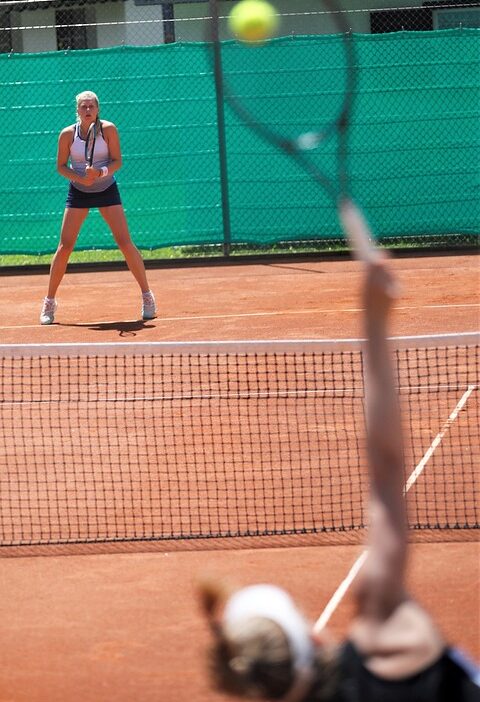Tennis, a sport steeped in tradition and vibrant competition, offers a pathway that is challenging yet rewarding for those who aspire to transition from amateur to professional status. Whether fueled by dreams of Grand Slam victories or the desire to compete at the highest level, navigating the shift from leisure to competition requires dedication, strategic planning, and resilience.
Understanding the Landscape
The Amateur Beginnings
The journey typically begins in local clubs, high school teams, or junior tournaments. Here, budding players develop fundamental skills, learn match strategies, and understand the game’s nuances. Engaging in consistent training, joining a tennis academy, or participating in local leagues provides invaluable experience and exposure to competitive play.
The Transition to Competitive Play
As players gain confidence, the desire to compete more seriously often emerges. This is where players begin to face tougher opponents, often in USTA-sanctioned tournaments or junior circuits. Building a solid match record can increase visibility to coaches and scouts. Understanding the rankings system and how to accumulate points becomes crucial during this phase.
Developing Technical Skills and Physical Endurance
Tennis Fundamentals
Transitioning to the professional realm requires mastering the basics—forehands, backhands, serves, and volleys—as well as advanced techniques. Regular coaching sessions focusing on technique and match play are vital. Competing regularly helps players refine their skills and develop a strong competitive mindset.
Physical Fitness
Tennis requires not only skill but also physical endurance. Regular strength and conditioning training, focusing on agility, speed, and stamina, is essential. Many aspiring professionals work with fitness trainers who understand the specific demands of the sport, ensuring athletes can endure grueling matches and long tournaments.
Mental Toughness
Mindset and Psychological Resilience
One of the most crucial aspects of transitioning from amateur to professional is mental toughness. The pressure of competition can be overwhelming, and the ability to perform under stress is often what separates professionals from amateurs. Mental training, including visualization techniques and mindfulness practices, can be beneficial in building a resilient mindset.
Dealing with Setbacks
In the world of tennis, setbacks are inevitable. Whether it’s a tough loss or an injury, the ability to regroup and refocus is essential. Building a supportive team that includes coaches, sports psychologists, and family can help players navigate these challenges.
Networking and Sponsorship
Building Connections
As players progress, networking becomes increasingly important. Attending tennis camps, participating in tournaments, and connecting with coaches and players can lead to valuable relationships and opportunities. Many players find success through mentorship, where experienced athletes provide guidance and insights into the professional circuit.
Sponsorship and Financial Considerations
With the financial demands of traveling to tournaments, hiring coaches, and maintaining equipment, securing sponsorship can greatly aid a player’s journey. This often involves promoting oneself effectively, showcasing talent on social media platforms, and participating in events that attract attention from sponsors.
Competing on the Professional Circuit
Entering the Professional Scene
Once a player has sufficiently developed their skills and mental game, they may choose to enter the professional circuit by participating in ITF Futures and ATP or WTA Challenger events. Gaining entry into these tournaments can be through a combination of ranking points acquired in previous matches and wildcard entries.
Building a Career
A successful professional tennis career is not merely about talent; it requires strategic planning. Most players work with agents to help navigate contracts, sponsorship deals, and even tournament schedules. Creating a balanced calendar that allows for rest and recovery is equally important to avoid burnout.
Conclusion
The journey from amateur to professional in the competitive tennis world is a multifaceted process filled with challenges and rewards. Those who succeed often share a unique blend of skill, determination, resilience, and strategic thinking. By honing their craft, investing in their physical and mental health, and leveraging opportunities, aspiring professionals can fulfill their dreams on the grandest stages of tennis. As the saying goes, "Success is where preparation meets opportunity." In the fierce world of tennis, preparation is everything.



